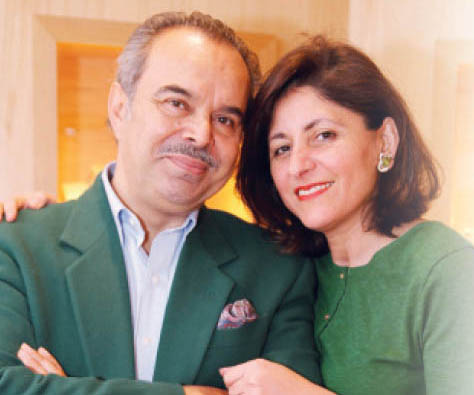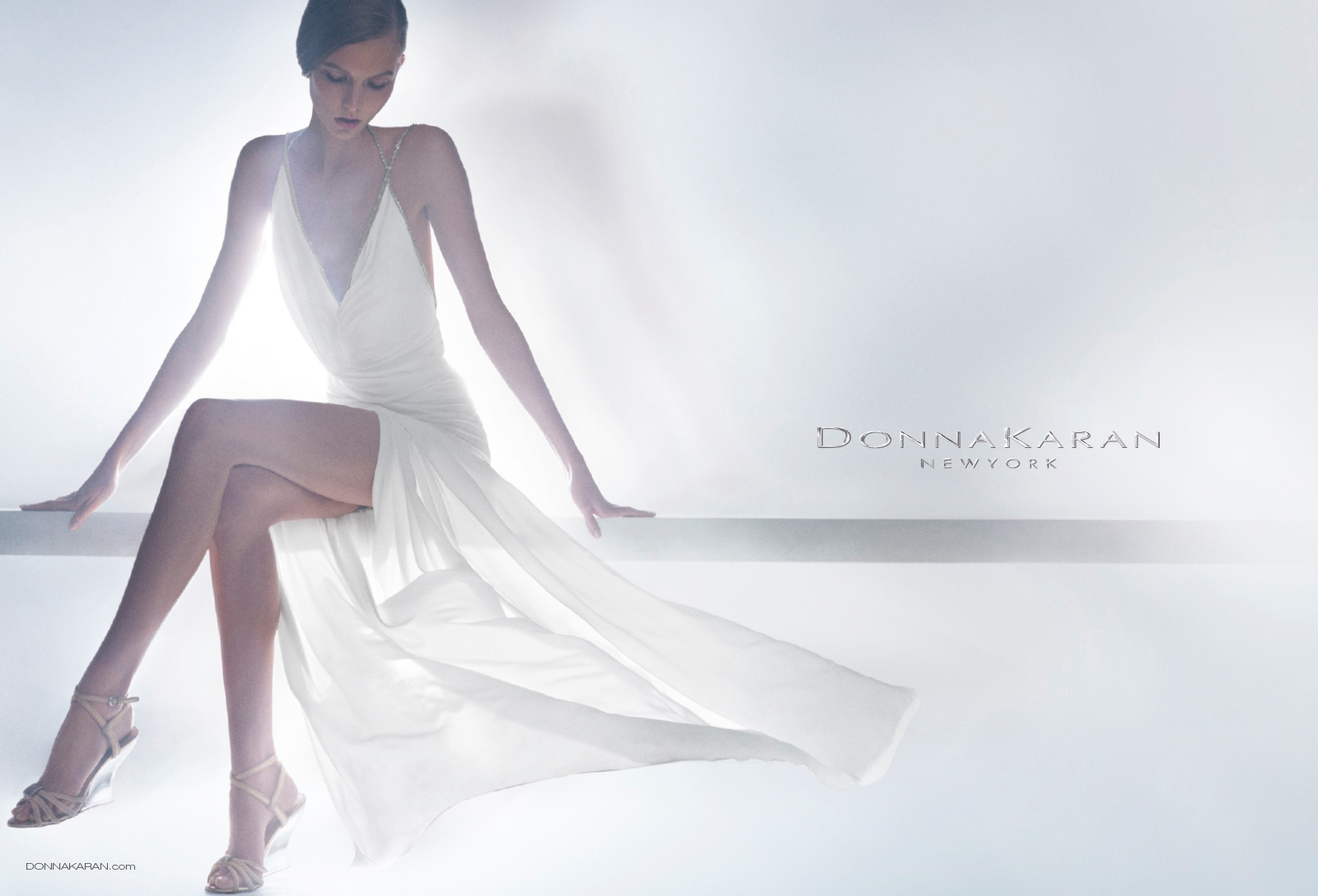In a neighborhood brimming with jewelry stores in all hues, Sorab & Roshi, Greenwich’s new kid on the block, has created an identity all its own. With its bold, chic and structural designs, the jewelry house has garnered the attention of a well-heeled clientele looking for something a little different.
Situated just off the top of Greenwich Avenue, the atelier has been dazzling its customers with exquisite one-of-a-kind jewelry designs since opening its doors in May.
“The level of sophistication and understanding for fine things exists and the neighborhood is fantastic,” says designer and co-owner Sorab Bouzarjomehri about his new digs. The jeweler was previously at Yellow Monkey Village in Cross River.
Dynamic duo Bouzarjomehri and his wife and business partner, Roshi Ameri, established their eponymous brand in 1988. He is the artist and she runs the business. But really, she is his muse.
When I meet the couple at their store, they buzz me into a treasure trove of unspeakable beauty. I set my focus on Roshi, who is dripping in Sorab & Roshi jewelry, one piece more astonishing than the next. Suddenly, I have an overwhelming urge to try on Roshi’s rose gold pavé pink tourmaline and white pavé diamond spiral rings that were designed to connect. With a knowing smile, Roshi takes off her rings and hands them to me. I slide them on my finger and marvel at them.
“When I look at my pieces, they have volume, color, size and movement. To me, these four elements have to exist if I want to put my stamp on it,” Sorab says.
Indeed, his pieces have so much movement, he says they are still alive. He pulls out a fish to show me that it’s swimming and then a butterfly that’s flipping its wings.
“Jewelry is art to me, and we’re selling it as art. I’m not selling two carats of diamonds and five pennyweights of gold. If someone comes into my store and asks how many pennyweights of gold is in here, you’re not my customer. You don’t go into a gallery and ask how many gallons of paint are in this painting. It’s irrelevant to what the art is.” Spoken like a true artist.
That’s why he says his best customers are those who appreciate art and collect it. “They’re the ones that really understand. They love what they get and the fact that it’s one-of-a-kind and they’re the only one that has this piece,” he says.
The making of a jeweler
As a young boy growing up in his native Iran, Sorab recalls how he was always good with his hands and had a great imagination. When he came to the U.S. after high school in 1974, he studied civil engineering at the University of Minnesota (where he met Roshi, who was studying jewelry design and surface fabric). Then he earned a master’s degree in industrial engineering from the University of Wisconsin. He never expected to get into the jewelry business – unlike Roshi, who knew exactly what she wanted to do and had already landed a coveted internship with Henry Birks, the Canadian version of Tiffany & Co.
Sorab bounced from one career to the next. There were jobs in engineering and stints in both men’s and ladies’ fashion before he finally discovered jewelry.
It was the early ’80s and costume jewelry was all the rage, so the newly minted designer began buying every imaginable type of stamping – presses used to create designs in costume jewelry – and practiced perfecting his technique every night after work for six months before launching his line of 25 earrings and 10 rings under his Monarch label.
Starting at 81st Street, he worked his way down Madison Avenue in Manhattan, knocking on every door trying to sell his line. His tenacity paid off when three stores said yes, including Ylang Ylang, which happened to be the hottest faux jeweler at the time.
The Monarch line was plated in 22K gold and embellished with vintage crystals, rhinestones and buttons. “It’s what you see now. It’s what’s in fashion today,” Roshi says.
Through one of his wife’s business connections, Sorab met Barnett Robinson, a pioneer in the colored gemstone business, and was able to persuade him to forge a partnership: Robinson would supply the fine stones and materials and Sorab would design and make the jewelry.
Within a year, he had designed 40 pieces. Three were picked up by Tiffany & Co.; two were selected by Fortunoff, landing on the cover of the store’s Christmas catalog; and one made the cover of National Jeweler magazine. Not bad for his first year in the fine jewelry business.
Still, the designer wanted to refine his skills. So he took a class at The Fashion Institute of Technology in Manhattan, where a professor suggested he get a job at one of the fine jewelry houses.
He took the advice and got a job at Trianon – the parent company of Seaman Schepps, one of the oldest American jewelry designers. (Roshi was managing its Park Avenue store then). For six years, Sorab sat at his bench next to 40 of Trianon’s jewelers, working his way up until finally becoming a master jeweler. It was then that he and his wife launched Sorab & Roshi.
Diamonds in the air
Remarkably, Sorab uses no sketchbooks. All his designs are created “from his imagination.” So to get that imagination running, each summer the virtuoso rides his Harley Davidson on a week-long trip. By the time he returns home, he’s dreamed up his collection.
“One thing I will say is his ideas never dry up,” says Roshi, who is her husband’s greatest champion. Each year the new collection is made up of 60 to 80 new creations, including a statement piece, which is the artist’s personal expression of what he is thinking politically at the time.
For 2013, he’s designed a pin with an American eagle holding a much smaller dragon made of black and white diamonds, coral, abalone and pearl, representing the artist’s belief that the United States will soon outstrip China and return to dominance in terms of its economy, technology and production.
Each piece has its own magic, but all Sorab & Roshi designs are marked by their structural engineering. Because keeping the stones together without seeing any metal is no small feat.
“If you look at the jewelry, most of the structure is in the back of the piece rather than in front. So it’s as if the stones are suspended in air,” the designer says with a smile.
For more information, visit sorabandroshi.com.


